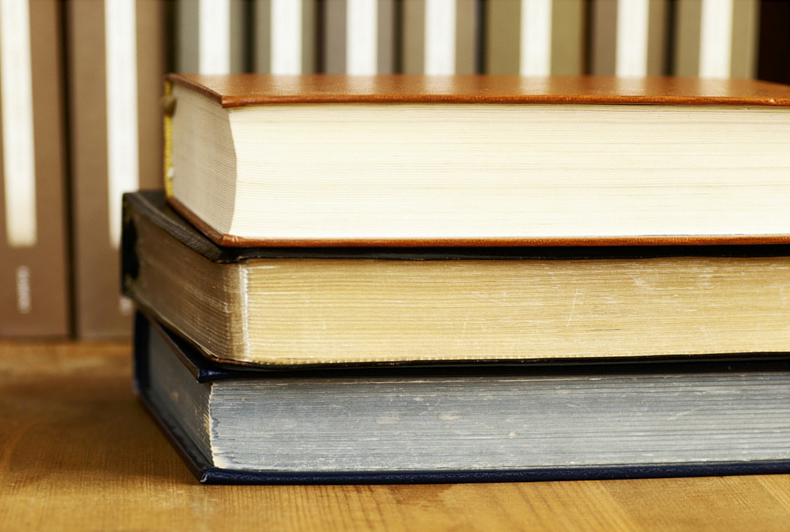
In a previous post, “Time to Reinvent the Wheel for PR Education,” I delved into the International Public Relations Association (IPRA) archives and featured their Wheel of Education model.
At the centre of the wheel model is the theory and practice of public relations.
Public relations practice is rapidly adapting to contemporary communication challenges and opportunities and there are many opportunities for practitioners to share good practice via professional association events, blogs, and the public relations trade press.
But what about opportunities to share theory? And what specific theory should populate the hub of the Wheel model?
When I was a public relations practitioner, before becoming an academic, I remember searching for insight beyond “how-to” guides on ways to develop communication strategies and deliver effective information campaigns. Then, when I began teaching public relations and communication management and had access to academic sources, I discovered a rich seam of available theory. I found models and theories that provide real insight into the communication process. These theories help communicators by providing them with tools they can use to analyse problems and generate ideas.
If, as Lewin1 famously remarked: ‘nothing is as practical as a good theory’, than which “good theories” should aspiring public relations professionals know? What theories could public relations educators consider including in their teaching programmes?
Public relations educators and practitioners have grappled with this question in the past2 and gathered together a list of theories including:
Communication theory and rhetoric
Ancient rhetoric
Social-scientific communication theory
Attitude change
Persuasion
Information theory
Group dynamics
Communication process theory
Theories of meaning
Theory of human needs
Dissonance theory
Two step flow theory
Spiral of silence theory
Agenda setting theory
Diffusion of innovations theory
Other communication theories
Stimulus – response theory
Selective attention theory
Social learning theory
Attitude change models
Cognitive consistency theory
Inference / attribution theory
Uses and gratifications theory
Congruity theory
Source credibility theory
Inculcation theory
Public relations theories
Situational theory
The four models of public relations
Excellence theory
Domino model of public relations effects
Co-orientation model
Public relations role theory
Plus
Theories related to organisations and their internal and external environments
This is a useful listing of some of the theories relevant to public relations. There are other helpful theory compendium3 and a number of further theories come to mind which may make valuable contributions to a public relations educator’s repertoire including employee engagement and organisational engagement theory.
What theories or models would you nominate to strengthen the central hub of the wheel of public relations education?

Dr Mary Welch is a senior lecturer in communication management at the Lancashire Business School at the University of Central Lancashire in the United Kingdom.
References
1 Lewin, K. (1945) The Research Centre for Group Dynamics a Massachusetts Institute of Technology. Sociometry. Vol. 8 No. 2, pp. 126-36.
2 IPRA (1997) Gold Paper No. 12: The evolution of public relations education and the influence of globalisation: Survey of eight countries. London. International Public Relations Association.
3 Heath, R. L. (Ed.) (2013) Encyclopedia of public relations. Thousand Oaks. Sage.




Good suggestion Maria. Systems theory provides one way to view interactions and interconnections between organisations and stakeholders. It is briefly mentioned in the IPRA’s Gold Paper 12. Studying this theory could spark interesting discussions on critiques of systems theory, and issues around power and ethics.
Thanks for opening this discussion, Dr. Welch. How about adding Systems Theory to your lists?